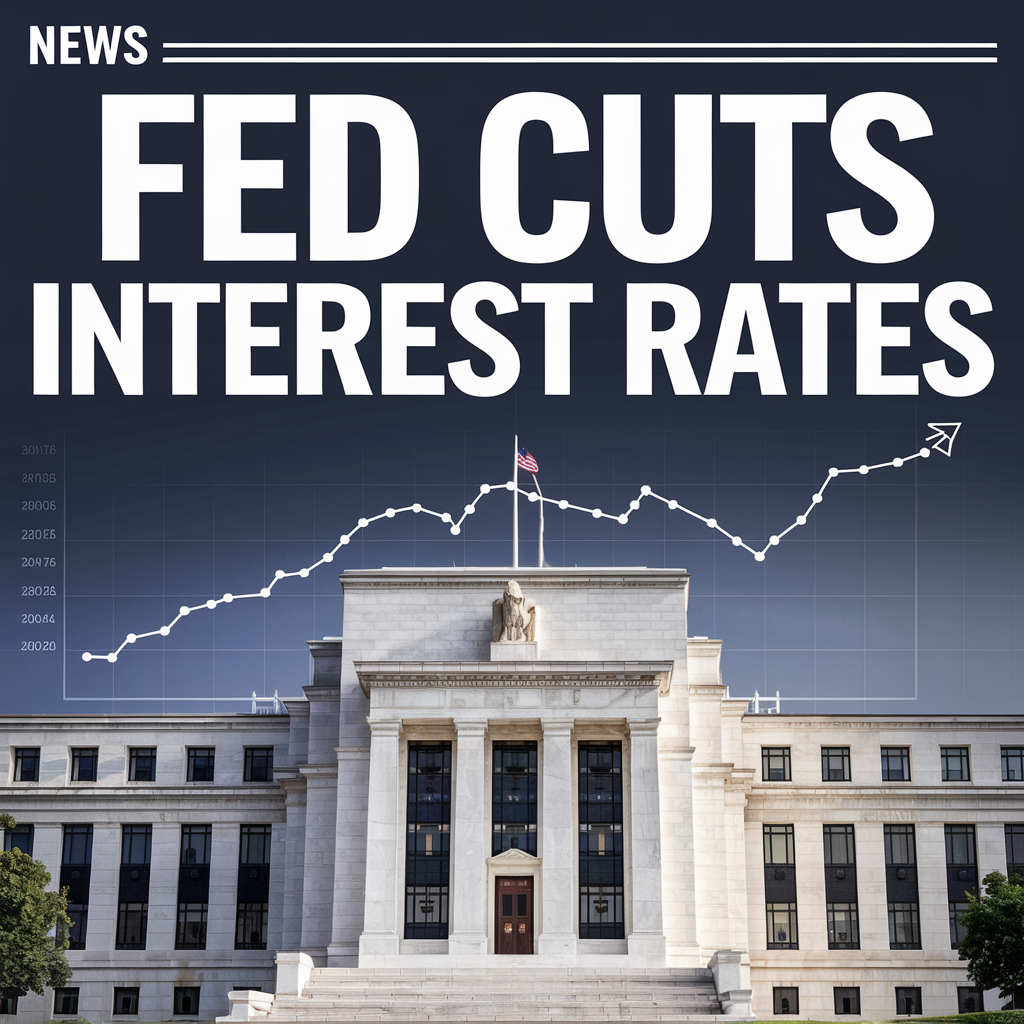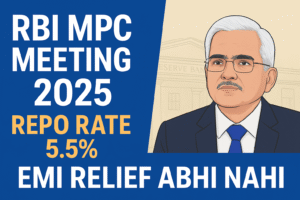
Fed Rate cut: What It Means for the US Economy
The Federal Reserve recently made a significant move, cutting interest rates by 25 basis points. This brings the federal funds rate to a range of 4.25% to 4.50%, marking a step in its ongoing strategy to manage the U.S. economy. However, in a surprising turn, the Fed has indicated fewer rate cuts in 2025 than previously anticipated. This cautious outlook has left markets divided, with some investors concerned about potential headwinds to economic growth.
How the Rate Cut Impacts the US Economy
The effects of this rate cut will ripple across various aspects of the economy. Below are the potential positive and negative impacts:
Positive Impacts
- Lower Borrowing Costs: Businesses and consumers benefit from cheaper loans, which can fuel spending and investment, stimulating economic growth.
- Boost in Consumer Spending: With reduced interest rates, financing big-ticket items like homes and vehicles becomes more affordable, potentially increasing consumer confidence and spending.
- Stock Market Optimism: Historically, rate cuts have been viewed as favorable for equities, often triggering rallies in the stock market as investors see them as a sign of support for the economy.
Negative Impacts
- Inflationary Pressures: While lower rates can spur growth, they may also drive inflation higher if the economy overheats, countering the Fed’s long-term goals.
- Potential Slowdown in Growth: The Fed’s signaling of fewer rate cuts could suggest concerns about slowing economic momentum, potentially dampening market sentiment.
- Dollar Depreciation: Reduced rates can weaken the U.S. dollar, making imports costlier and affecting businesses reliant on global trade.
Key Factors Influencing the Fed’s Move
The decision to cut rates comes amid mixed signals in the U.S. economy:
- Balancing Growth and Inflation: Inflationary pressures have eased in recent months, but economic growth has shown signs of slowing. The Fed appears to be carefully navigating between promoting growth and keeping inflation in check.
- Global Economic Context: Central banks worldwide may adjust their policies in response. If other countries lower their rates, this could collectively bolster global economic growth and trade.
- Political Landscape: With upcoming elections, fiscal policies could shift dramatically depending on the political outcome. Increased government spending could amplify economic growth while posing new inflationary challenges.
What This Means for Investors and the Economy
The effects of interest rate changes are not instantaneous; they often take months or even years to fully materialize. For investors, this means staying alert to economic indicators and market conditions is crucial. While rate cuts can create opportunities in sectors like housing, retail, and stocks, they may also pose risks, such as higher inflation or market volatility.
Final Thoughts
The Federal Reserve’s latest decision underscores the delicate balancing act of managing economic growth and inflation. While the rate cut provides short-term relief in borrowing costs, its long-term implications remain uncertain. Whether this move will effectively support the U.S. economy amid slowing growth and global uncertainties is something we will only see over time.
As always, before making investment decisions, consider consulting financial advisors and staying updated on economic trends.


